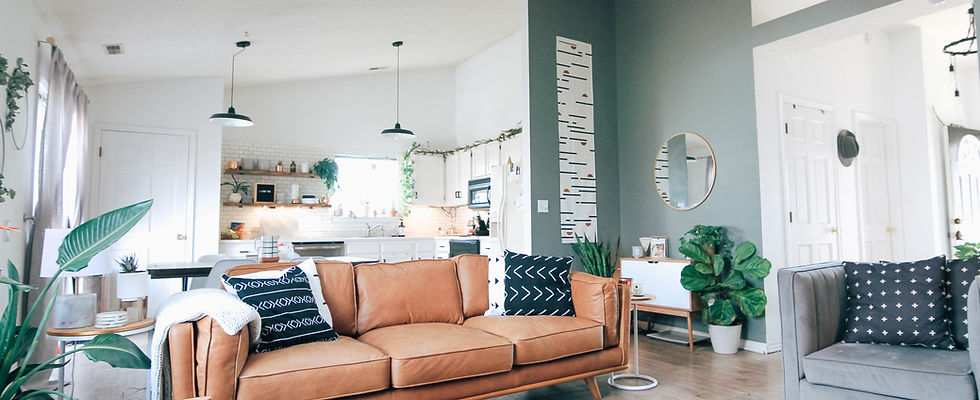
Gerard Savary Mortgages
Let-to-buy
A let-to-buy mortgage is a type of mortgage product available in the UK that allows homeowners to convert their existing residential property into a buy-to-let property while simultaneously purchasing a new residential property to live in. This can be an attractive option for individuals who want to move to a new house but wish to retain their current property as a rental investment.

1. Conversion of Residential Property to Buy-to-Let: With a let-to-buy mortgage, the homeowner can convert their existing residential property into a buy-to-let property. This means they will become a landlord and rent out their current home to tenants.
2. Purchase of New Residential Property: At the same time, the homeowner can use the equity in their current property (the one they are converting to a buy-to-let) as a deposit for purchasing a new residential property. This allows them to move into a new home without selling their existing property.
3. Two Separate Mortgages: Typically, a let-to-buy mortgage involves two separate mortgages - one for the existing property being converted to a buy-to-let and another for the new residential property. The rental income from the buy-to-let property is often used to cover the mortgage repayments on that property.
4. Affordability Assessment: Lenders will assess the homeowner's affordability based on their current income, potential rental income from the buy-to-let property, and any rental income required to meet the mortgage repayments for the new residential property.
5. Interest Rates: Let-to-buy mortgages may have slightly higher interest rates compared to regular residential mortgages or buy-to-let mortgages, as they are considered higher risk for lenders.
6. Fees and Costs: As with any mortgage product, there may be arrangement fees, valuation fees, legal fees, and other associated costs that the homeowner needs to consider.
7. Tax Implications: Renting out a property brings tax implications, including income tax on the rental income and potential capital gains tax when selling the property in the future.
8. Eligibility Criteria: The homeowner will need to meet the lender's eligibility criteria for both mortgages. These criteria may vary from lender to lender but typically involve credit checks, income verification, and a satisfactory rental assessment.
9. Insurance Requirements: Lenders may require specific insurance, such as landlord insurance, to cover the buy-to-let property adequately.
It's important to note that mortgage products and regulations can change over time, so it's recommended to consult our experienced mortgage advisors for the most up-to-date information and to find the best let-to-buy mortgage deal tailored to your specific circumstances.